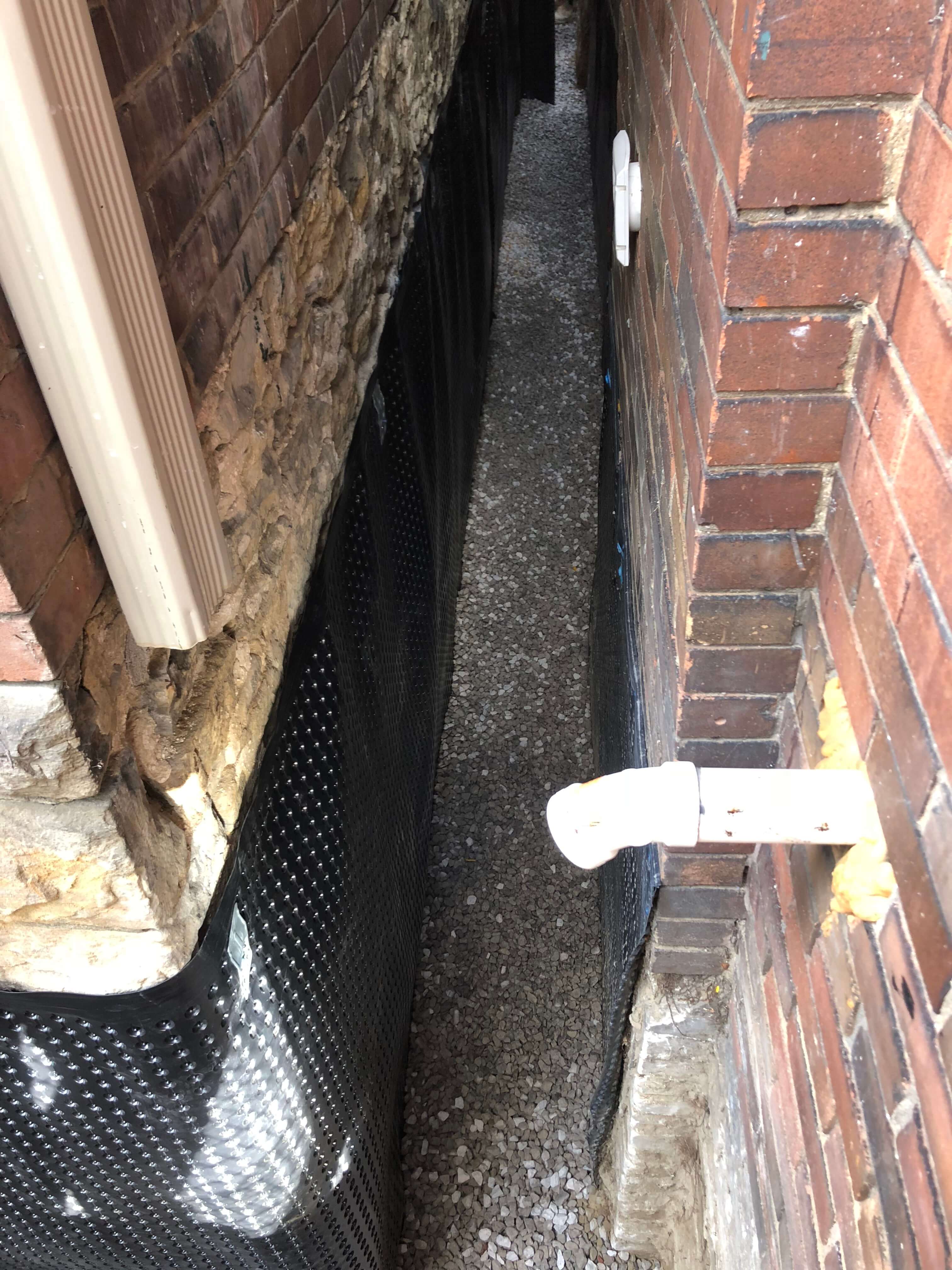As you embark on new construction, many consider the design elements and stability of the building. However, overlooking waterproofing can lead to devastating consequences that may not surface until later on. Proper waterproofing is essential for all home and business building because it safeguards from water damage, which can jeopardize your property value, lead to expensive repairs, and create an unhealthy living environment.
Understanding the various aspects of waterproofing is crucial for homeowners and builders alike. Starting with selecting the right waterproofing products to deciding whether to take a DIY approach or hire experts, having a solid grasp of waterproofing strategies can save thousands in potential repairs. This guide will delve into everything you need to know about waterproofing, including why it matters, the signs that suggest your property may need care, and the best techniques to ensure your new construction stays protected and protected for years to come.
Comprehending the Importance of Waterproofing
Waterproofing is a fundamental aspect of any recent construction project, protecting structures against the harmful effects of water infiltration. Water can permeate into foundations, walls, and ceilings, leading to a variety of issues including fungal infestation, compromise to the structure, and costly repairs. Ensuring efficient waterproofing from the beginning not only protects the integrity of the building but also improves its longevity and value over time.
Ignoring the importance of waterproofing can lead to major financial consequences. The costs associated with water damage repairs can increase quickly, often reaching thousands of dollars. This makes investment in top-tier waterproofing systems a wise decision for property owners and contractors alike. Proper waterproofing methods can essentially save funds in the end by minimizing the risk of extensive repairs and maintenance.

Furthermore, waterproofing plays a key role in creating a healthy living environment. Wet and moisture-laden areas are breeding places for fungus and mould, which can harm indoor air quality and pose health risks to occupants. By prioritizing waterproofing in new construction, builders and homeowners can create areas that are not only long-lasting but also foster a comfortable and comfortable atmosphere.
Common Moisture-Proofing Methods and Strategies
Regarding effective waterproofing, several techniques can be applied to protect a structure from moisture harm. One popular method is the use of waterproofing membranes, which are sheets or liquid coatings which create a shield against moisture. These membranes can be applied to walls, foundations, and roofs, providing a seamless layer of protection. Additionally, sheet membranes are frequent in areas prone to heavy water exposure, such as basements and balconies, ensuring that water does not infiltrate vital structural components.
Another effective waterproofing solution is the implementation of drainage systems, such as French drains or sump pumps. These systems divert water away from the foundation, reducing the risk of flooding and water accumulation. Proper drainage is essential in maintaining the strength of buildings, particularly in regions with heavy rainfall or poor soil drainage. By combining these systems in conjunction with waterproofing membranes, homeowners can significantly reduce water damage risks.
Alongside membranes and drainage solutions, the choice of appropriate waterproofing coatings is crucial for areas like bathrooms and kitchens. Waterproof paints and sealants are created to repel moisture, hindering mold and mildew growth. Moreover, specialized products for tile waterproofing can safeguard floors and walls from water ingress. Choosing effective waterproofing products ensures lasting performance and effectiveness, thereby protecting your investment and enhancing the comfort of your living spaces.
Choosing the Right Approach for Your House
When evaluating waterproofing for your home, it is important to consider your specific needs and the features of your property. have a peek at this website presents unique challenges, whether it is a basement prone to flooding, a flat roof that collects water, or external structures subjected to the weather. Understanding these factors will help you determine whether interior or outdoor waterproofing methods would be better effective. Consulting with a specialist can also provide insights tailored to your circumstances, ensuring you make educated decisions.
Another important aspect to consider is whether to take the do-it-yourself route or hire expert services. Do-it-yourself waterproofing can be cost-effective, especially for minor projects or repair tasks. However, professional waterproofing services often guarantee long-lasting results and apply technical techniques that can significantly minimize the chances of water damage. Reviewing the advantages and cons of each option is essential, as the best choice can save you work, possibly thousands in repairs down the line.
Finally, investing in the best waterproofing products available will yield the greatest results. Researching and choosing high-quality materials, such as reputable coatings and sealants, will enhance the effectiveness of your waterproofing efforts. Look for products designed exclusively for your specific application—be it roofs, bathrooms, or driveways—ensuring they meet industry standards. By prioritizing quality in your waterproofing plan, you can create a strong barrier against moisture, preserving your home’s integrity and safeguarding your asset.
